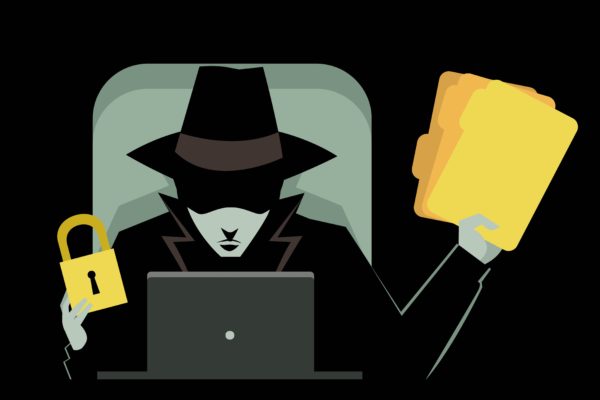Before we step into any debate or discussion that is related to viruses, malware or ransomware, we must first have a clear understanding of what the difference between the three is. We have tried to explain it below:
Malware
Malware, short for malicious software, is designed to cause damage to a standalone computer or a networked pc. So, whenever you see the term “Malware” pop-up, know that it intends to damage your computer through a virus, worm or Trojan (all of which are Malwares)
Viruses
Virus is a more dangerous malware and program written to enter your computer with the purpose of damaging and altering your files/data. Viruses can also replicate themselves.
How does a Virus enter your computer? Through an attachment of images, greetings or even your audio/video files. It also enters through downloads off the Internet, mostly hidden under the banner of free/trial software. So always double check that your download is virus-free.
A virus can exist in your computer, but cannot infect your computer unless you run or open the program as all viruses are attached to an executable file. Viruses cannot spread without human action such as running an infected program to keep it going.
The different types of viruses are as follows:
1) File viruses: infects program files such as .exe, .com, .bat.
2) Macro viruses: infects word, excel, PowerPoint, access and other data files.
3) Master boot record viruses: memory-resident viruses and copy itself to the first sector of a storage device which is used for partition tables or OS loading programs
4) Boot sector viruses: memory resident in nature, infects the boot sector of a HDD or FDD.
5) Multipartite viruses: infects program files and when the infected program is executed, these viruses infect the boot record
6) Polymorphic viruses: A hard to detect virus that can encrypt its code in different ways so that it appears differently in each infection.
7) Stealth viruses: redirects the disk head to read another sector instead of the one in which they reside or they may alter the reading of the infected file’s size shown in the directory listing.
Ransomware
A subset of a malware that prevents or limits users from accessing their system, either by locking the system’s screen or by locking the users’ files unless a ransom is paid. Hence, the term, Ransomware. The victim is always notified that the exploit has occurred and is given instructions on how to recover from the attack.
How much does a Ransomware cost? Prices vary depending on the ransomware variant and the price or exchange rates of digital currencies. It is demanded in a virtual currency such as a bitcoin to keep the cyber criminal’s identity anonymous.
How does a Ransomware spread? Through email attachments, infected software apps, infected external storage and compromised websites.
This data-kidnapping attack happens as the malware encrypts the files on the infected devices such as changing the victim’s login credentials.
Earlier, these attacks merely “locked” access to the web browser or Windows desktop and did so in a way that was easily reverse-engineered. Now hackers have created such ransomware that uses strong public-key encryption to deny access to files on the computer. The Ransomwares are growing strong! Beware!



